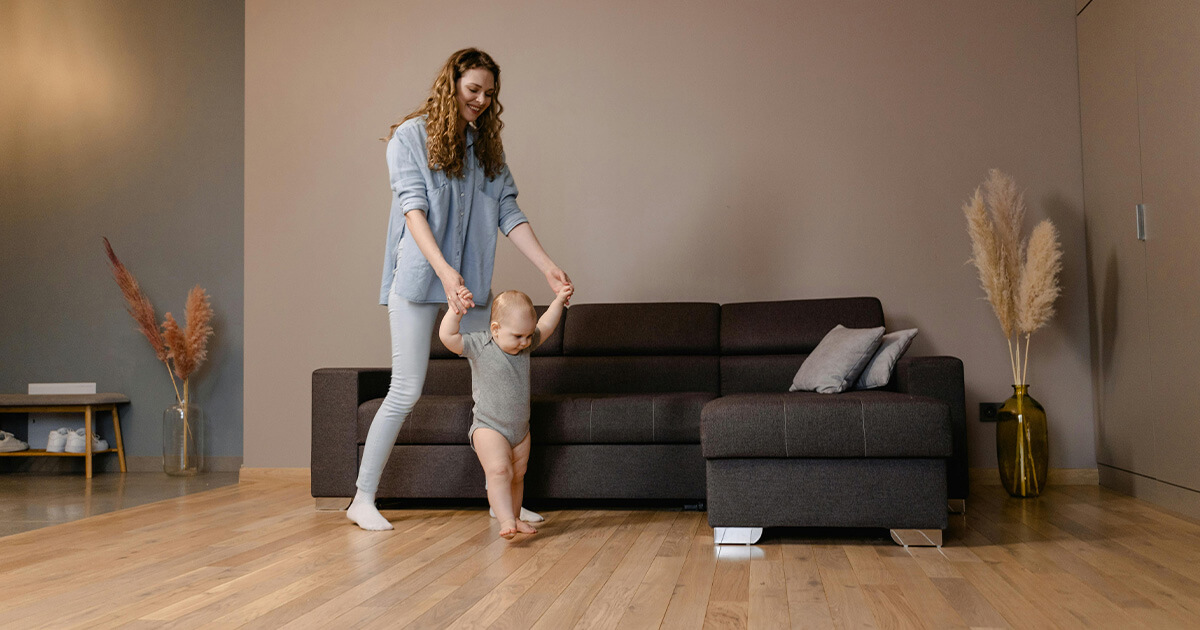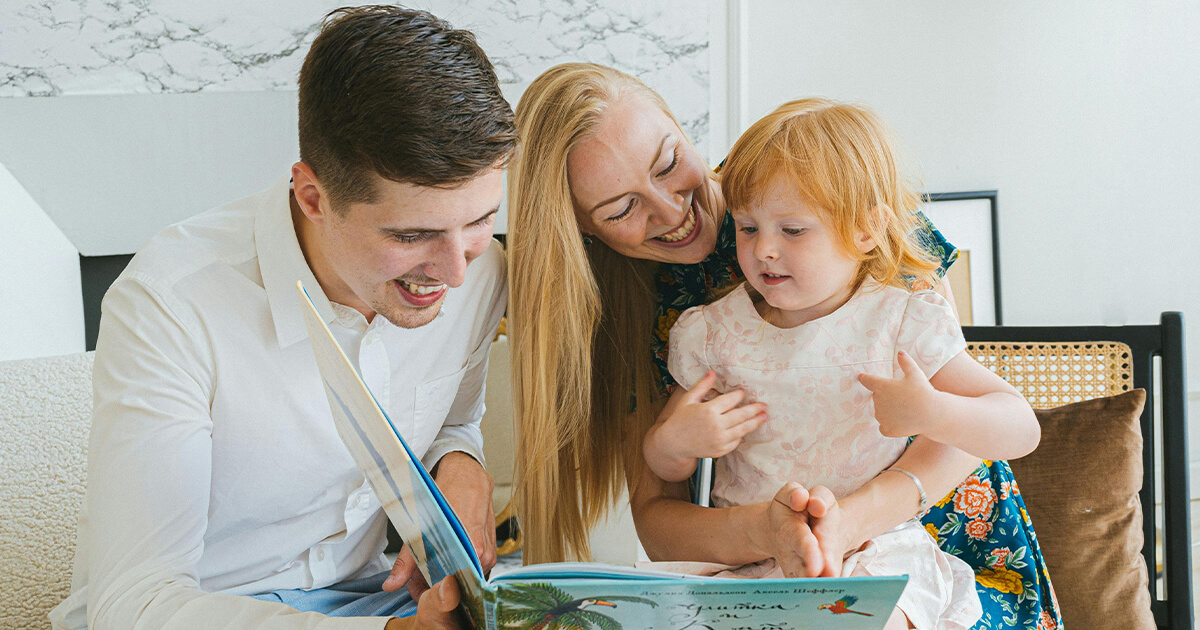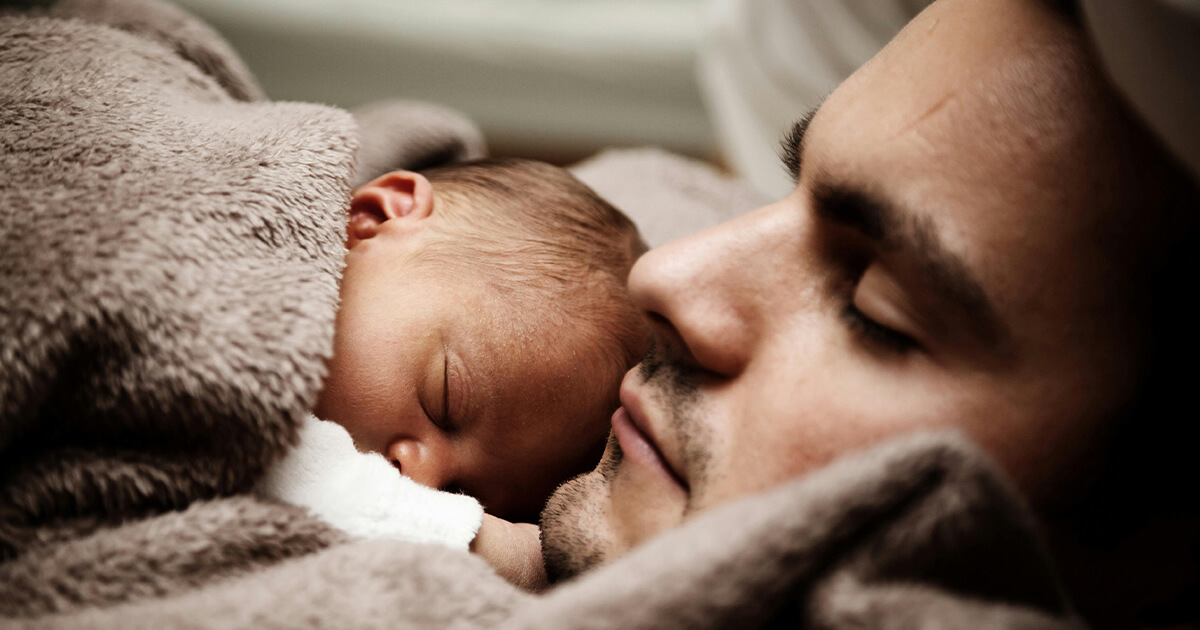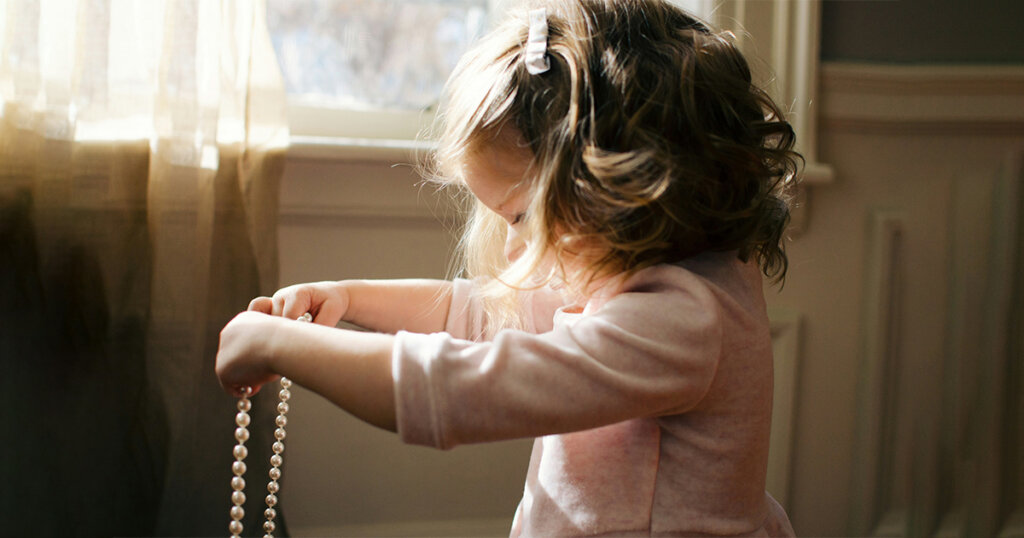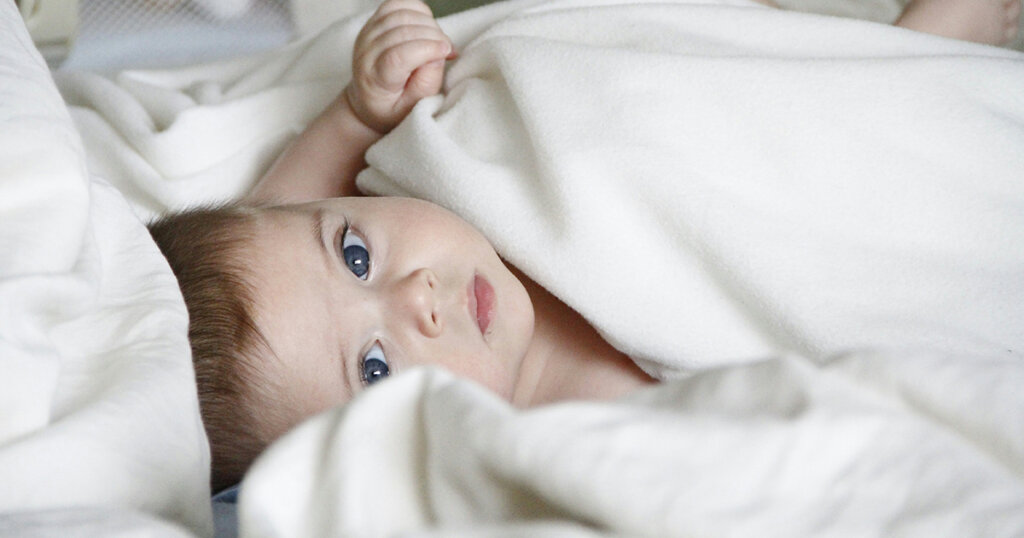Why do Babies Sleep with Their Arms Up
Discovering Why Babies Sleep with Their Arms Up
Understanding your baby’s sleep behavior can feel like unraveling a delightful mystery. One of the most endearing yet puzzling questions new parents often ask is, Why do babies sleep with their arms up?
This blog post will illuminate this curious habit and provide you with practical tips and expert insights to ensure your baby’s safe and comfortable sleep.
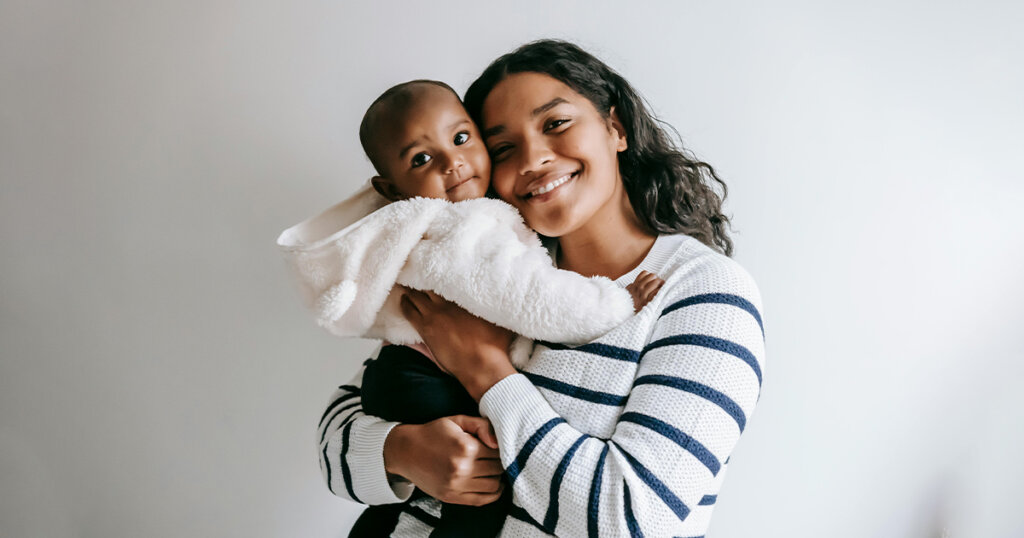
Introduction
When it comes to parenting, every detail matters, especially when it concerns your baby’s sleep. Observing your little one sleep with their arms up might seem odd, but rest assured, it’s normal.
Recent studies and expert opinions have given us a deeper understanding of this behavior, helping parents like you foster a safe and peaceful sleep environment.
We’ll explore the reasons behind this unique sleeping position and offer actionable advice for ensuring your baby’s comfort and safety.
The Significance of Understanding Infant Sleep Habits
Knowing why your baby sleeps in certain positions can enhance your ability to provide better care. From improving sleep quality to ensuring safety, understanding these habits is crucial. Let’s look into the reasons behind this widespread behavior.
Background and Context
Historical Perspective on Infant Sleep Positions
Historically, parents have tracked and analyzed infant sleep positions to understand their implications on health and development. While some sleep habits have evolved, many traditional practices remain relevant today.
Overview of the Startle Reflex
The startle reflex, also known as the Moro reflex, is an involuntary reaction seen in infants.
This reflex, which causes sudden arm movements, plays a significant role in why babies sleep with their arms up. Understanding this reflex helps clarify much of your baby’s sleep behavior.
Key Points or Sections
The Startle Reflex and Its Impact on Infant Sleep Patterns
The Moro reflex typically manifests within the first few months of life. When a baby experiences this reflex, their arms may jerk upwards, leading to the “arms up” sleep position. It is a protective mechanism designed to help infants respond to sudden stimuli.
Sleeping Positions and Their Effects on Infant Sleep Quality
Different sleep positions can affect your baby’s sleep quality. The “arms up” position is considered natural and comfortable for many infants, often resulting in deeper, more restful sleep compared to other positions.
Why Some Babies Prefer Sleeping with Their Arms Up
Many babies find the “arms up” position comforting because it mimics the fetal position they were accustomed to in the womb. Additionally, this position may help regulate their body temperature and reduce the risk of overheating.
Relevant Statistics and Data
Latest Data on Infant Sleep Safety and Recommended Sleeping Positions
According to the American Academy of Pediatrics, placing babies on their backs to sleep is the safest position. Statistics show that this practice significantly reduces the risk of Sudden Infant Death Syndrome (SIDS).
Research Findings on the Startle Reflex and Its Duration in Infants
Research indicates that the Moro reflex typically fades away by the time a baby is 4 to 6 months old. This developmental milestone marks a transition to more stable sleep patterns.
Analysis and Insights
Review of Recent Studies or Developments Related to Infant Sleep Habits
Recent studies have highlighted the benefits of the “arms up” sleeping position. Experts suggest this position may help babies self-soothe and transition between sleep cycles more smoothly.
Insights from Pediatricians and Child Sleep Experts on Managing Infant Sleep Patterns
Pediatricians often advise parents to observe their baby’s natural sleep preferences. If the “arms up” position works for your baby, there’s no need to change it as long as you follow safe sleep guidelines.
Case Studies or Examples
Real-life Examples Illustrating Infant Sleep Behaviors
For example, baby Emma, who consistently slept with her arms up. Her parents initially worried but soon realized that this position helped her sleep longer and wake up less frequently.
How Parents Managed and Adapted to These Behaviors
Emma’s parents adapted by creating a safe sleep environment, including a swaddle that allowed her arms to stay up while keeping her snug and secure.
Expert Opinions
Pediatric Insights on Infant Sleep Preferences
Dr. Jane Smith, a renowned pediatrician, notes, “The ‘arms up’ position is a sign of comfort and security in infants. Parents should feel reassured if their baby prefers this position, as it indicates a healthy sleep pattern.”
Quotes and Paraphrased Content from Child Sleep Experts
Child sleep consultant Mary Johnson says, “The key is to ensure that your baby’s sleep environment is safe. If they prefer sleeping with their arms up, ensure the crib is free of loose bedding and other hazards.”
Possible Outcomes or Predictions
Predictions Based on Current Research
Current research suggests that as infants grow and their Moro reflex diminishes, they may naturally outgrow the “arms up” position and adopt more conventional sleeping postures.
Expectations for Future Developments in Infant Sleep Studies
Future studies may provide even deeper insights into infant sleep behaviors, potentially leading to new recommendations for optimizing sleep quality and safety.
Public or Community Perspectives
Opinions and Perspectives from the Parenting Community
Many parents in online forums share their experiences and concerns about their babies’ sleeping positions. The consensus is that while the “arms up” position might seem unusual, it is generally not a cause for concern.
Quotes or Social Media Comments
One parent on Reddit commented, “I was worried when I saw my baby sleeping with her arms up, but after reading about it, I realized it’s just her way of feeling secure.” For a real discussion on baby sleep positions, check out this thread: Reddit
Conclusion
In conclusion, understanding why babies sleep with their arms up can alleviate many concerns for new parents. This natural and common behavior, influenced by the Moro reflex, is a sign of comfort and security for many infants.
By recognizing and respecting your baby’s sleep preferences, you can ensure they get the best possible rest.
Remember, following established guidelines and being attentive to your baby’s needs is the key to a safe and comfortable sleep environment.


